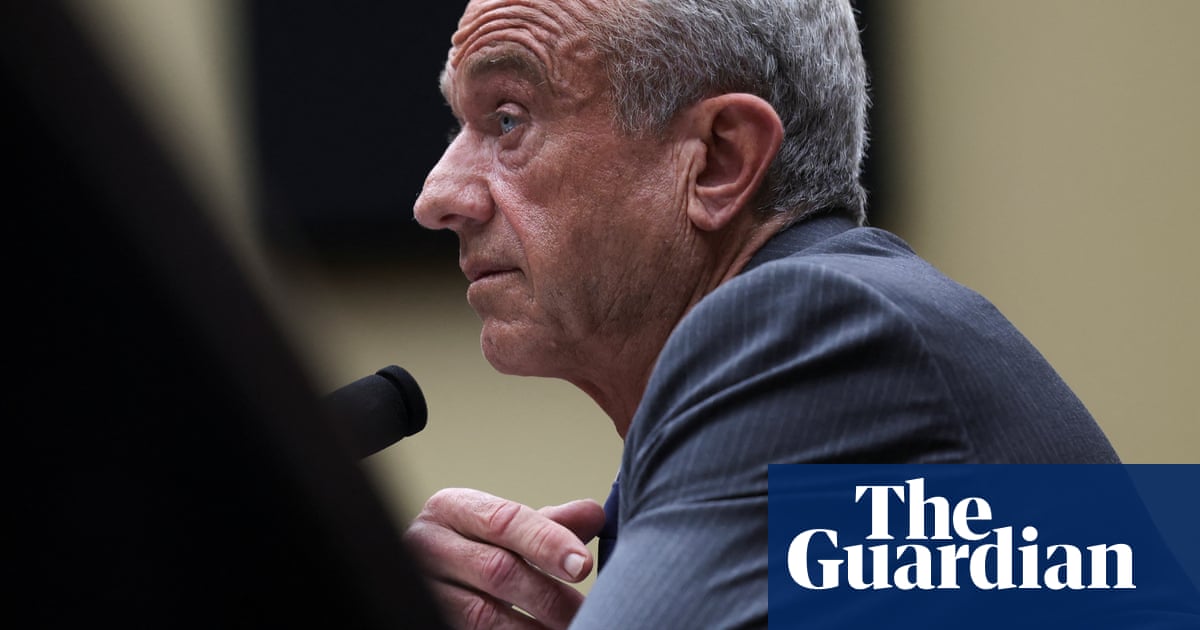A recent New York Times news story immediately drew fire from readers – and for very good reason.
Headlined “Mamdani Identified as Asian and African American on College Application,” the article centered on Zohran Mamdani, the candidate for New York City mayor who drew national attention recently with his stunning win in the Democratic primary election.
Its gist was that as a high school senior in New York City, Mamdani – who was born in Uganda and is of Indian descent – checked a couple of different boxes about race when applying for admission to Columbia University.
So what, you might ask. Why is this even a story, you might also ask.
Excellent questions.
Whatever its news value, or lack thereof, the story certainly got the attention of one of Mamdani’s rivals – current New York City mayor Eric Adams, who will run in the general election as an independent candidate.
Adams, who is Black, called it “deeply offensive” that Mamdani would try to “exploit” an African American identity even though he is not Black.
And on Fox News, talkshow hosts used the Times story to trash Mamdani. Charlie Hurt, for one, called the mayoral candidate a racist on Fox & Friends and claimed that Mamdani despises America “and everything that we stand for”.
The rightwing cable network was having a field day with Mamdani, a Muslim and social democrat, even before the Times story. President Trump has called him a communist and suggested he should be deported. Other rightwing outlets picked up the story, too, presenting it as a DEI scandal – that Mamdani lied about his race in order to take advantage of the affirmative action admission policy at Columbia. (Making the story even more absurd is the fact that Mamdani didn’t get in.)
In print, the would-be scandal got some help from headline writers: “Mamdani Faces Scrutiny Over College Application.”
Mamdani has explained that he was trying to communicate his complicated background. His father is Indian Ugandan and his mother is Indian American; Mamdani himself was born in Uganda and lived briefly in South Africa before moving to New York City as a child.
“Most college applications don’t have a box for Indian-Ugandans so I checked multiple boxes trying to capture the fullness of my background,” he told the Times.
The Times’s decision to pursue and publish the story was, at the very least, unwise.
For one thing, it came to the Times due to a widespread hack into Columbia’s databases, transmitted to the paper through an intermediary who was given anonymity by the paper. That source turns out to be Jordan Lasker, who – as the Guardian has reported – is a well-known and much criticized “eugenicist”, AKA white supremacist.
Traditional journalism ethics suggests that when news organizations base a story on hacked or stolen information, there should be an extra high bar of newsworthiness to justify publication. Much of Big Journalism, for example, turned their noses up at insider documents offered to them about JD Vance during last year’s presidential campaign, in part because the source was Iranian hackers; in some cases, they wrote about the hack but not the documents.
The Mamdani story, however, fell far short of the newsworthiness bar.
A ranking Times editor, Patrick Healy, responded to criticism of the story in a thread on X, justifying it as part of the paper’s mission “to help readers better know and understand top candidates for major offices”.
Soledad O’Brien, the prominent media entrepreneur and journalist, called that explanation “a joke”. The publication of the Mamdani story is “an absolute embarrassment” for the Times, charged O’Brien, who herself is of mixed-race ancestry and identifies as Black.
Plenty of others agreed, seeing Healy’s explanation not as admirable transparency but as damage control.
The incident raises a larger issue: the Times’s apparent opposition to Mamdani’s candidacy.
On the opinion side of the paper, there’s little question about that. Even though the Times no longer makes endorsements for mayor, they published an editorial urging voters to avoid ranking Mamdani at all on their ballots because he was so unqualified. (New York City uses ranked-choice voting, which allows voters to list several candidates in order of preference.)
Remarkably, the Times stopped short of giving the same “don’t rank him” advice about disgraced governor Andrew Cuomo, who resigned his office in 2021 and then ran for mayor against Mamdani in the primary.
The opinion side of the Times is entitled to its opinion, however misguided. But straight news articles, by contrast, aren’t supposed to go to bat for or against candidates. They’re supposed to be neutral and non-partisan, not cheering on one candidate or kneecapping another.
In practice, of course, that’s often not the case.
With this made-up scandal, combined with the pre-election editorial, the Times looks like it’s on a crusade against Mamdani.
And no lofty explanation about the mission can disguise it.
-
Margaret Sullivan is a Guardian US columnist writing on media, politics and culture

 German (DE)
German (DE)  English (US)
English (US)  Spanish (ES)
Spanish (ES)  French (FR)
French (FR)  Hindi (IN)
Hindi (IN)  Italian (IT)
Italian (IT)  Russian (RU)
Russian (RU)  4 hours ago
4 hours ago
























Comments